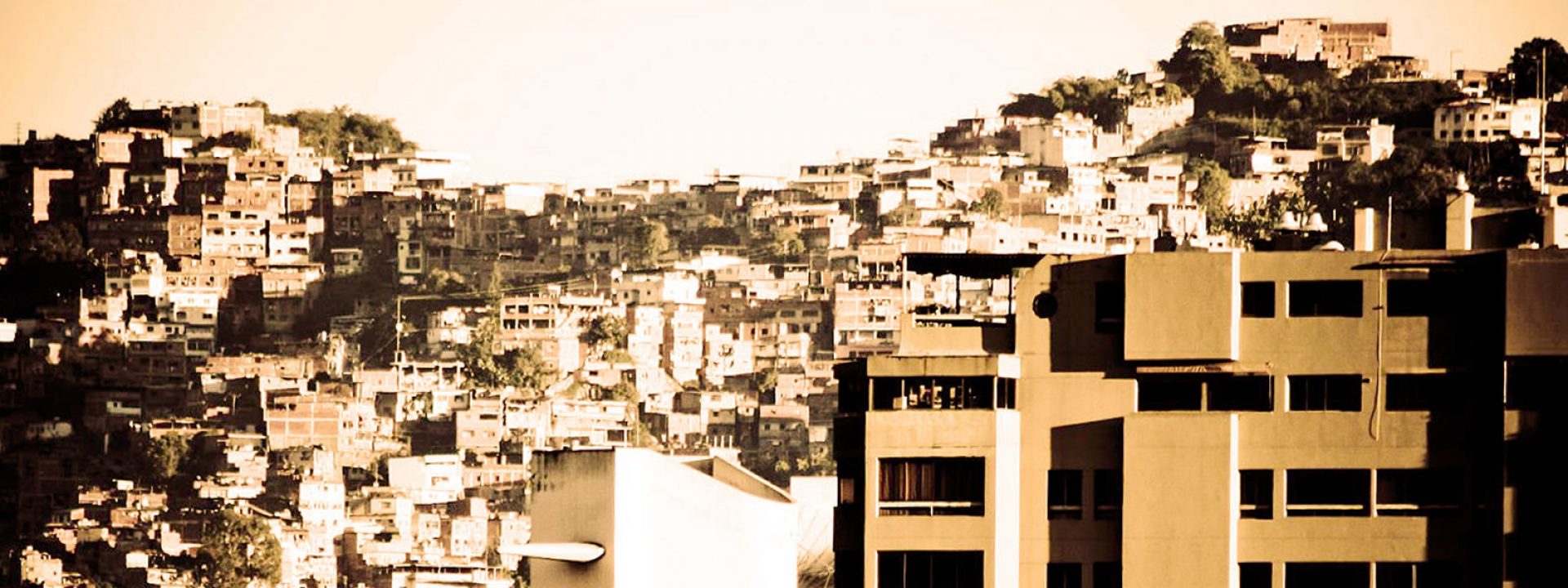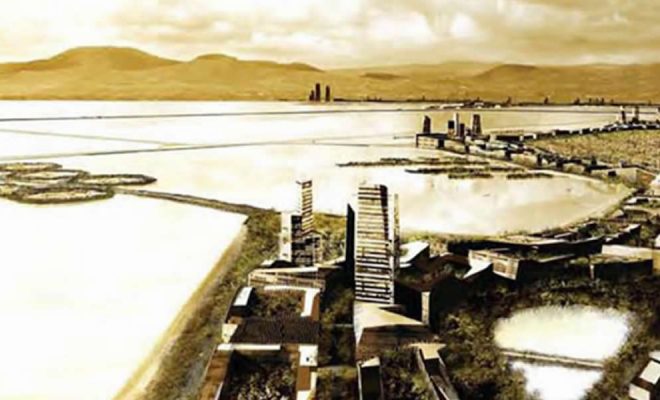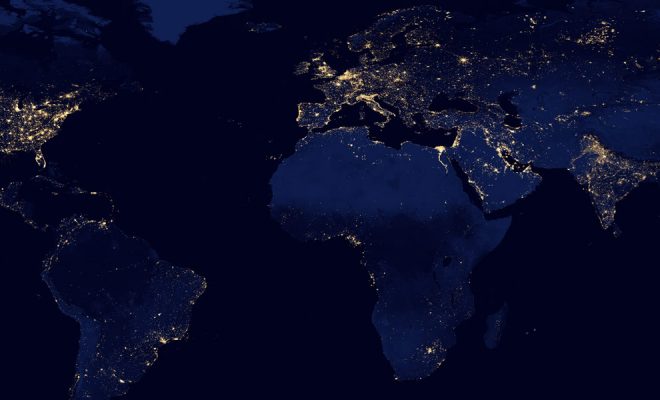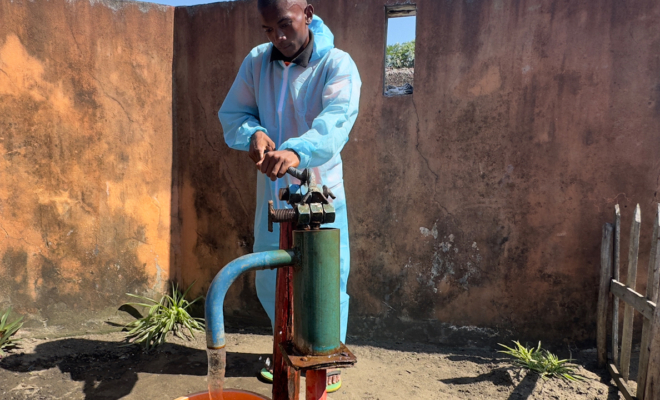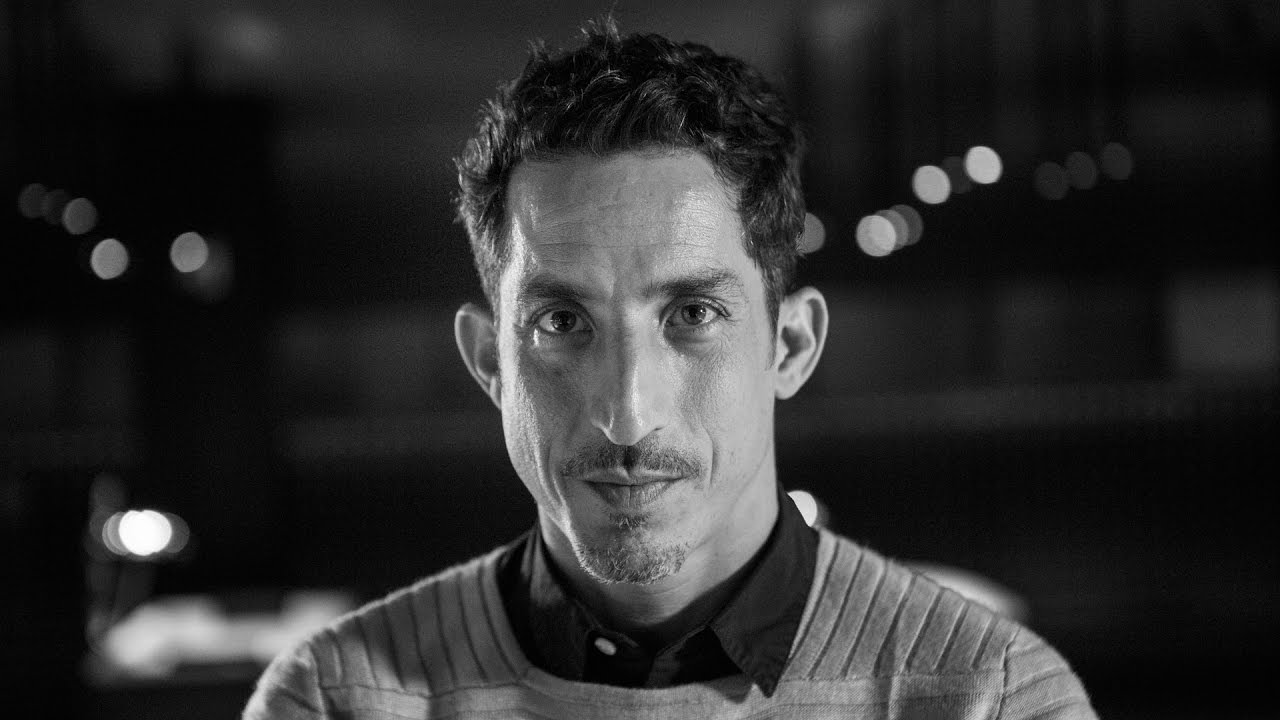
Last month, at the Roca Barcelona Gallery, the architect Alejandro Haiek explained to us the key role played by architecture in the way we relate to the environment.
Haiek’s vision is very clear: “Architecture is one of the disciplines with more power to transform the territory; and if it is not able to manage those resources correctly it becomes an act of deterioration and artificialization.”
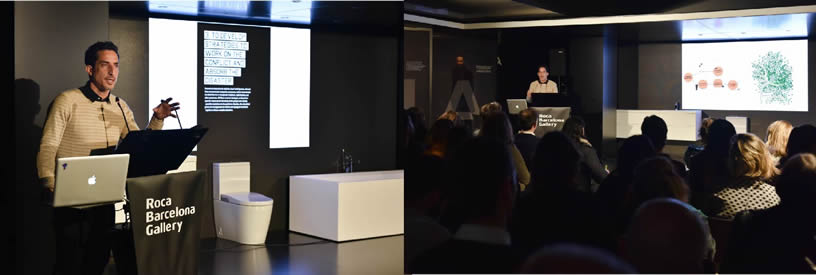
Alejandro Haiek. Second edition of the #DevelopmentByDesign conference cycle. Roca Barcelona Gallery. December 2016.
The Venezuelan architect, co-founder of LAB.PRO.FAB and The Public Machinery, opened the second edition of the series of conferences #DevelopmentByDesign, organised by Roca together with the Master in International Cooperation in Sustainable Emergency Architecture of the School of Architecture UIC Barcelona, a series that has had the support of the We Are Water Foundation since its beginning.
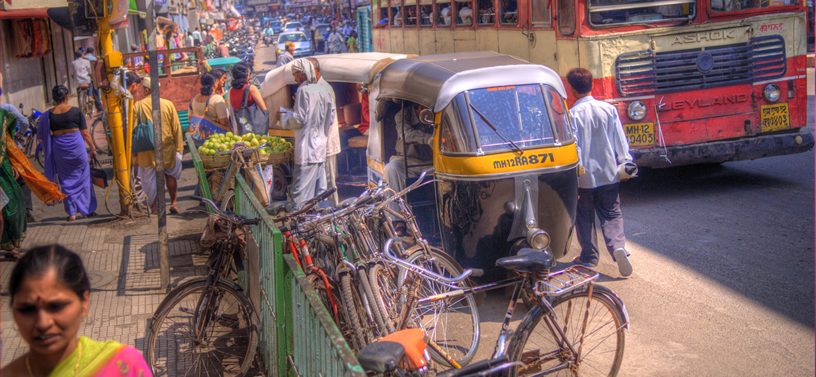
Laxmi street. Pune, India. ©Ville Miettinen
The degradation of the urban fabric
Water and sanitation play a key role in architectural and urban planning, but it has not always been like this: in the recent past we have experienced a significant degradation of the urban tissue, where nearly 4 billion inhabitants lived in 2015.
The tremendous demographic expansion of the last few decades and the migratory flows towards large cities have caused a pressure that in many cases has not been absorbed. Between 1990 and 2015, the world´s urban population increased by 73%, while the rural population only grew by 11%.
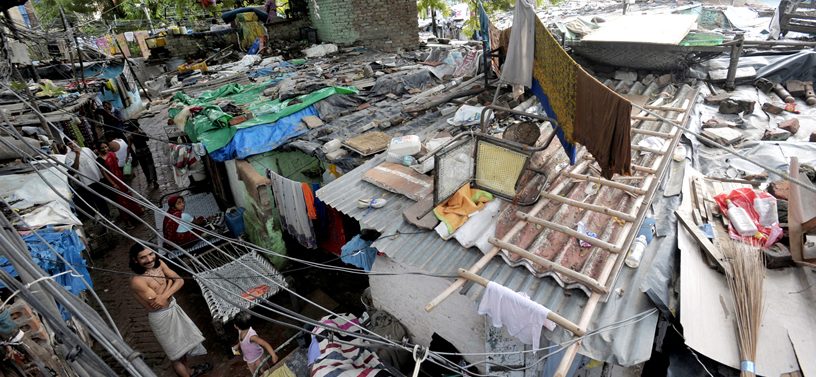
Slum in the Kali Bari Marg area of central New Delhi, in India’s capital city. © DFID
This has been particularly remarkable in developing countries, where more than 200 cities have over one million inhabitants and twenty capitals have more than 10 million residents. Two much growth in very little time in economies that have not been able to avoid that the migration due to rural poverty results in urban poverty.
The result in these cases has been shacks without sanitation that are a source of faecal contamination and of evident hydrogeological alterations in built-up and paved areas. These neighbourhoods, which were built hastily, are frequently flooded due to unexpected torrents and the emergence of poorly built sewers.
On the other hand, this mess made up of cement and asphalt remains where it was built with very few chances of short term regeneration. It remains as a living example of what Haiek defines as “acts of deterioration and artificialization.”
In spite of the efforts carried out to attain the Sustainable Development Goals (SDG), according to the World Health Organisation (WHO), only 79% of the world´s urban population (around 3.16 billion) had direct access to drinking water in their buildings in 2015. Cities in the Sub-Saharan area bear the brunt as 2% of their citizens collects “surface” water, that is, water found in nearby rivers and lakes that lacks the minimum levels of healthiness.
The situation is even worse when it comes to sanitation as in 2015, only 82% of the population in cities had suitable sanitation in their homes, while 10% (400 million) only had access to facilities shared with their neighbours, 6% (240 million) had no access to suitable facilities and 2% (80 million) defecated in the open on streets and waste grounds as they lacked any access to sanitation.
Apart from the demographic chaos, these countries have not had an effective relationship between urban policies and water management, which has been non-existent in many cases. There is also an aggravating circumstance in these areas: the ones which suffered mass migrations are now heavily threatened by climate change. There are many cities in developing countries that have not taken into account the carrying capacity of the natural resources as a limit to urban development and in many cases the availability of water has not been a requirement for the approval of growth plans, even in areas clearly threatened by drought.
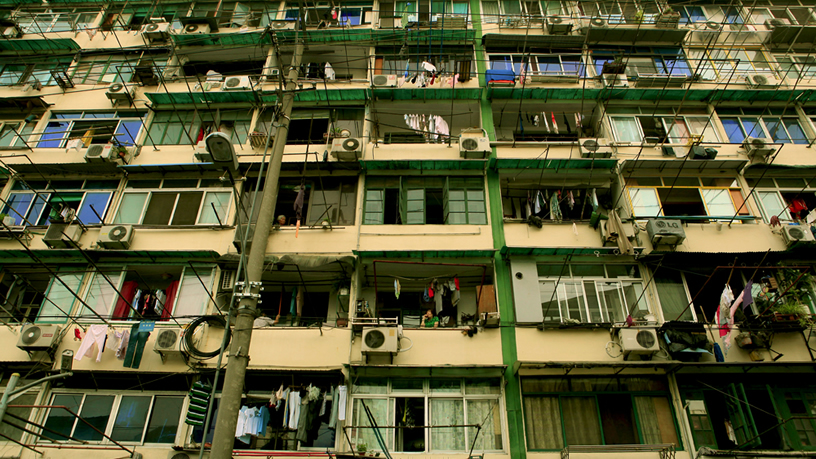
Shanghai, China. ©Juan Pablo Castiblanco Ricaurte
Buildings, an instrument to manage water
It is difficult to reverse this situation and attain the Sustainable Development Goal no. 11, declared by United Nations, and although there is still a long way to go, convincing steps have been taken by governments in the most affected countries to achieve a radical change in urban planning policies and what is more important, in the socioeconomic model of cities. In this change, the new social architecture proposes solutions based on participatory models of citizens that have transformed the concept of building as an aggressive element for the environment, turning it into a tool of participatory management of resources such as water.
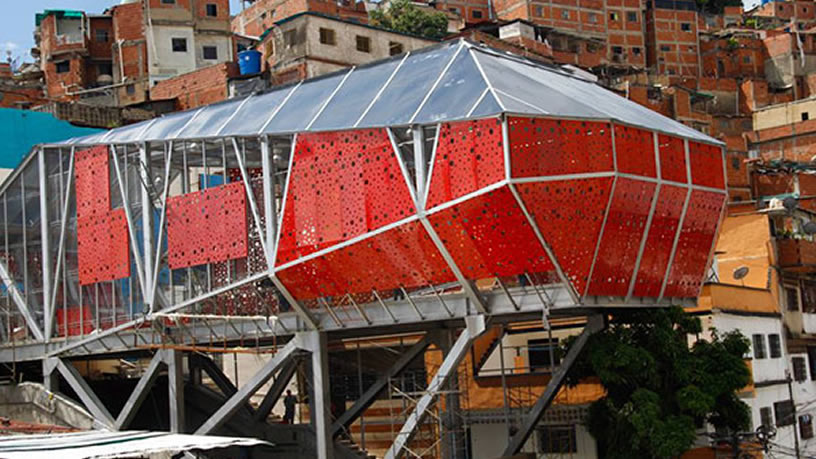
Project by Alejandro Haiek. ‘Polideportivo Carbonell’ in the favelas neighborhood of Lomas de Urdaneta in Caracas.
As explained by Haiek in the video, buildings should be able to establish a “territorial rengineering” and the architect should act as a guide that places creative resources within the reach of citizens. Water is a key factor: how to collect it and how to manage it so that citizens and neighbours are involved. In this way, architecture becomes the driving force of the different chains of relationships and actions related to the appropriation of space, avoiding its degradation. The new architecture is becoming a discipline of water and sanitation, only if we follow this path will we be able to regenerate the degraded cities.


